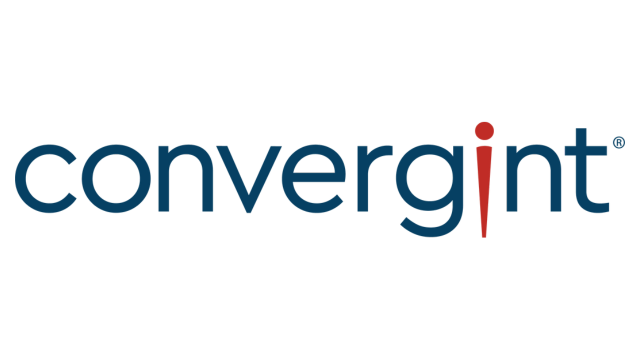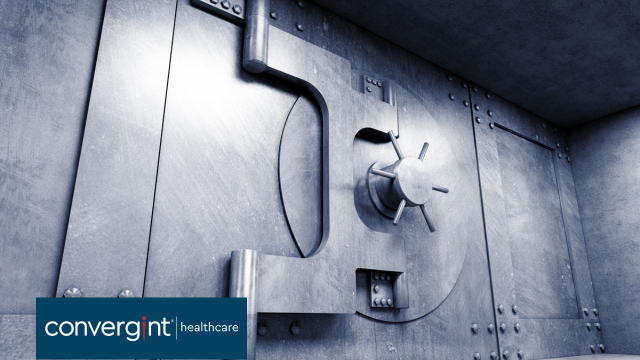The healthcare industry is facing many challenges such as workforce shortages and increasing patient demand. Technology can help bridge the gap by enhancing operational and clinical efficiency along with scalability. Convergint, as a leading global systems integrator, recommends leveraging technology to address our workforce gaps. To address workforce challenges in healthcare, we need to first understand some of the causes behind it:
The healthcare industry is facing a new reality
This means healthcare leaders are being challenged to find ways to accomplish more with fewer resources, and leveraging technology is an integral part of the solution. Let’s explore how technology can assist in bridging the gap caused by workforce shortages and increased demand in healthcare:
Virtual care
The use of remote monitoring tools enables healthcare providers to oversee patients from a distance, while augmenting bedside nursing. The development of virtual nursing units and the implementation of virtual care technology in acute care settings are all contributing to enhancing patient care at the bedside. Additionally, the adoption of this technology is helping to retain more experienced nurses who are nearing retirement and seeking opportunities to continue positively impacting patient care. These type of monitoring tools have become increasingly critical in modern healthcare because they can help prevent or detect falls, monitor patients’ vitals and care plans, improve communication between staff and patients, and ensure prompt medical or security assistance to patients or staff.
By leveraging technology, the healthcare industry can enhance workflow and scalability and ensure better patient care even in the face of workforce shortages and increased demand.
In addition to workforce shortages, workplace violence is another unfortunate reality in many industries, with healthcare at the top of the list. According to OSHA, workplace violence is on the rise, with 75% of all incidents occurring in U.S. healthcare facilities. According to the American College of Emergency Physicians, 88% of physicians state that workplace violence has affected care in the Emergency Department.
Workplace security and safety can no longer be perceived merely as an expense. In a world where ROI is frequently tied directly to reimbursements, the cost justification for security and facility-based measures can often be disregarded. Healthcare leaders must recognize that workplace violence is a significant driver of staff turnover and the liability costs associated with such incidents are continually escalating. Healthcare leaders can anticipate up to 5% of their revenue annually to be impacted by costs related to security incidents. Patients and staff want to visit and work in a safe and secure environment where staff can focus on patient care and patients can focus on wellness.
The safety and well-being of healthcare workers
Healthcare workers face a unique set of challenges and risks when it comes to workplace violence. They frequently interact with patients who are distressed, in pain, or affected by drugs or alcohol, situations that can potentially escalate into violent behavior. Additionally, extended wait times, staffing deficiencies, and high-stress environments can exacerbate tensions and lead to aggression.
It is imperative for healthcare organizations to prioritize the safety and well-being of their employees. Convergint collaborates with healthcare facilities across the US to implement security measures such as surveillance cameras, panic buttons, visitor access systems, and intrusion detection. When combined with a plan for weapons screening, staff duress solution, and visitor management identity management solutions, these measures can aid in deterring and responding to violent incidents effectively.
By taking proactive steps to address workplace violence in healthcare settings, organizations can create safer environments for their employees and better protect those who dedicate their lives to caring for others.
Contact us
Addressing security challenges in healthcare demands a comprehensive approach that integrates physical security, cybersecurity, and operational efficiency. Investing in technology from the outset can yield long-term benefits, enhancing both staff and patient experiences while safeguarding the institution’s reputation and competitiveness. To learn more about how Convergint’s healthcare team can harness technology to deliver clinical and operational solutions that streamline workflow and elevate the patient experience in every step of their journey, contact an expert today.






